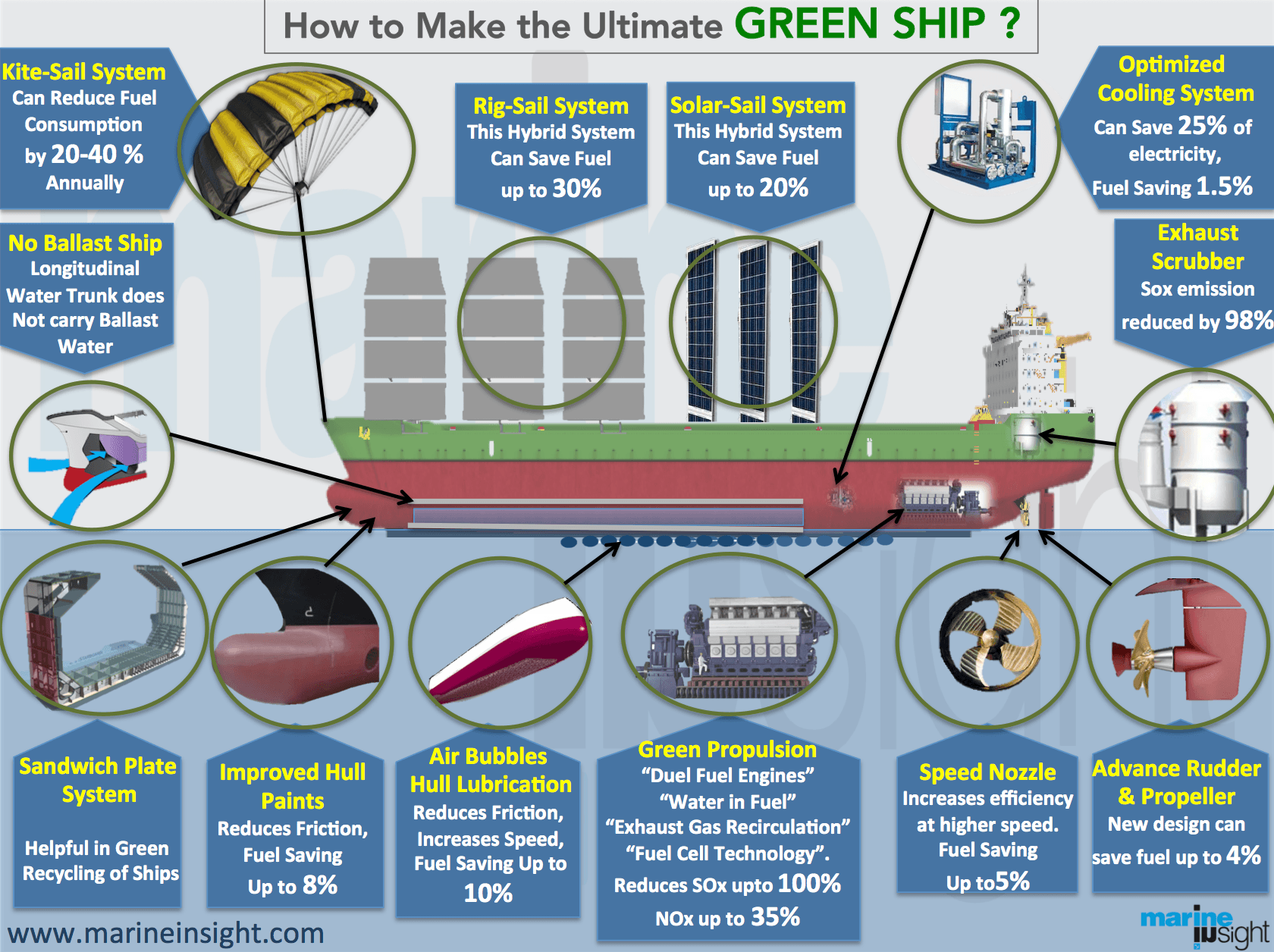Marine Underwater Led Lighting For Your Boat
Marine Underwater Led Lighting For Your Boat
Blog Article
You can not fish simply anywhere. Well, you can attempt. However, if you wish to experience fishing, where you get your line wet is essential, and if you have actually fished enough, you realize that a good fishing spot takes a variety of seasons to establish. Australia has a stunning shoreline that is home to more species of fish that you could ever think of! This likewise indicates that it is home to the very best fishing spots to attempt out that new bait and tackle. Here are a few of the very best locations in Australia to go on a fishing journey.
Is the model to be in harbor, sailing at sea or in fight with other ships? It is necessary to identify this so you will have the ability to choose on the sails and weapon positionings. As an example, if the ship remains in fight not all sails would have remained in usage so your design need to have some of the sails furled. Likewise the display screen of the weapons is essential. A lot of weapons barrels are displayed outside of the gun ports which would indicate a battle is developing. Designs generally have all the weapons outside the ports however in real action, some of the guns would have been simply fired or in the procedure of being refilled. A few of the breaching would be loose and some under tension. All of the weapon port covers would be closed and the breaching would be under tension Maritime Technology if the ship is sailing at sea.
Water makers are marine electronic devices that let you turn ocean water (which is much too salted for usage) into fresh drinkable water. Portable and hand-operated water makers are important gadgets, specifically for prolonged trips when fresh bottled water runs short.
A vhf radio would be very helpful. Can you imagine how annoying it would be to see a passing ship and not have the ability to communicate with them? A ship's crew might not be out observing the boring water going by, however they will often have someone monitoring the radio. As you replace devices that is still excellent but perhaps a bit outdated, I would put the replaced item in the survival package. The radio is an excellent example read more of this.
So what goes inside? Stuff to sustain life and aid rescue. Flares and smoke signals are really appropriate. If they can't see you, it does no good to see a ship/aircraft. A signal mirror and strobe light in case the pyrotechnics fail. Water can either go inside the bag or connected to the outside. Filling a 5 gallon jug 3/4 of the method will still float. Floats even much better in salt water. 5 gallons will go a long way if allocated properly. (Unless you're taking 10+ individuals out at a time. Then I 'd make other strategies!) put some kind of food within. Here's an excellent place for military style MRE's. They have a long service life and provide great nutrition too. 7 years in ideal conditions I think is their beneficial life. Intend on changing them out every 3-4 years and you'll have no issues.
MJM. Yes, as in mechanical dolphins exactly the size, shape, and coloring, with the same body language as the genuine ones. Keep in mind "Splash?" In that movie Oscar Award winner Don Pennington used 6 foot long robotic dolphins to do the swimming and undersea motions, radio-controlled from the surface area with the same type of happiness sticks individuals utilize in video games. Remember the dolphins cvelebrating the lift off of the mother shiup at the end of "Cocoon?" That was Pennington utilizing complimentary swimming radio-controlled child dolphins.
All ships had finishes used to safeguard them from the harsh environment of the seas. Of course the option is yours on how you wish to finish your design. Must you decide to put a finish on it, you need to try to keep to the finishes readily available at the time the ship existed. For instance, below the waterline the hull was typically painted with wood-coal tar, which coloured it a dark brown or practically black. After the 16th Century, sulfur was contributed to the tar which left the hull with a yellowish-grey tinge to it. A white lead paint was and this left the hull a dirty white colour if sulfur was not utilized.
Report this page